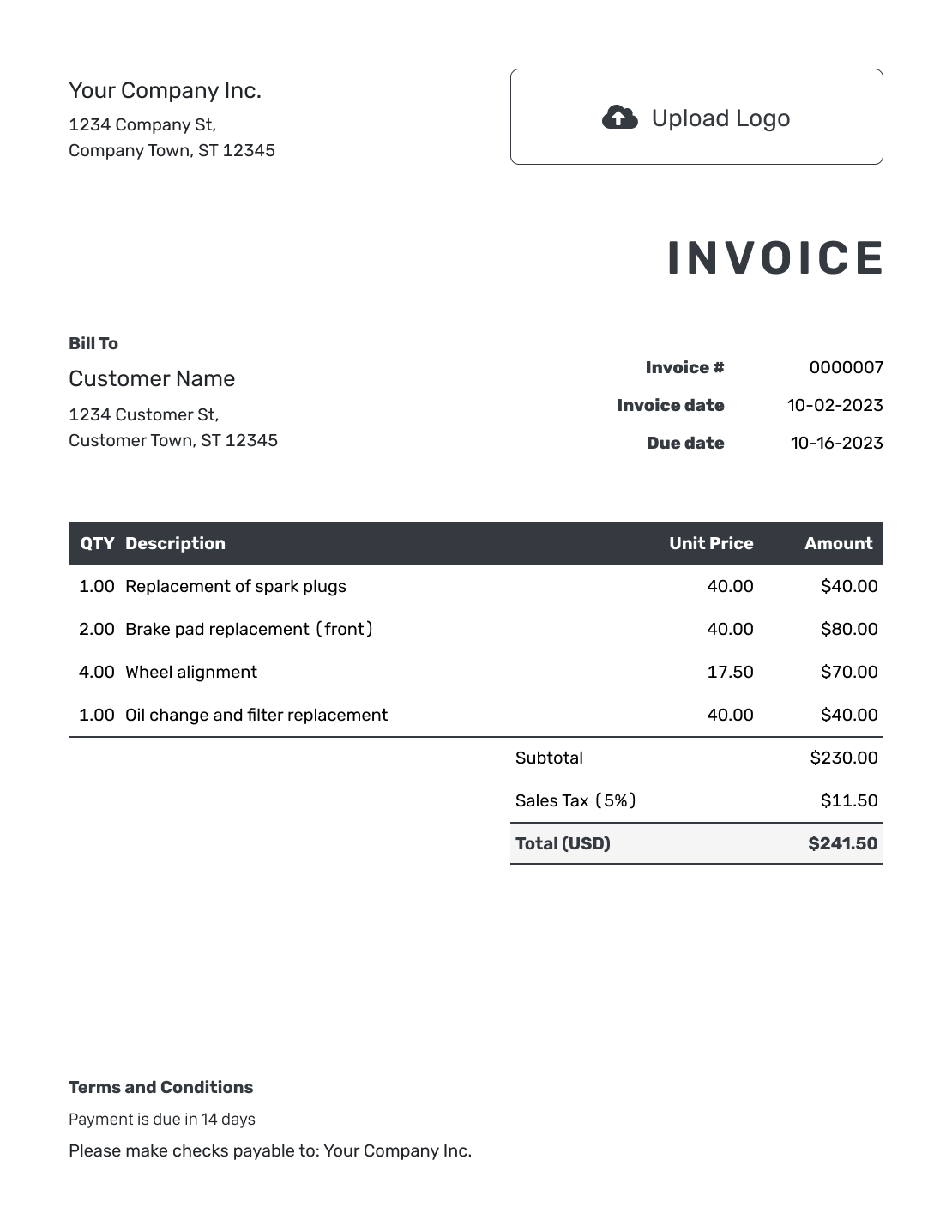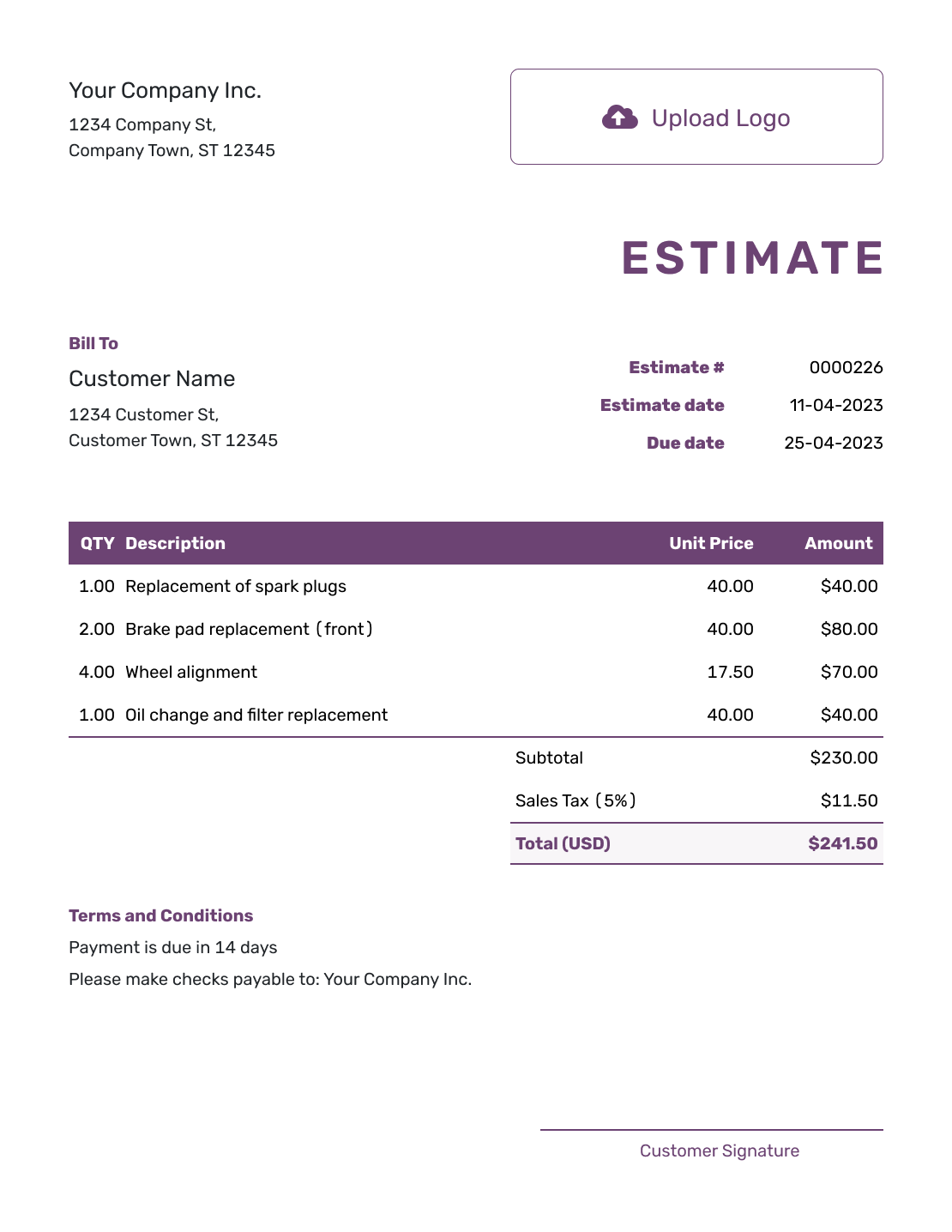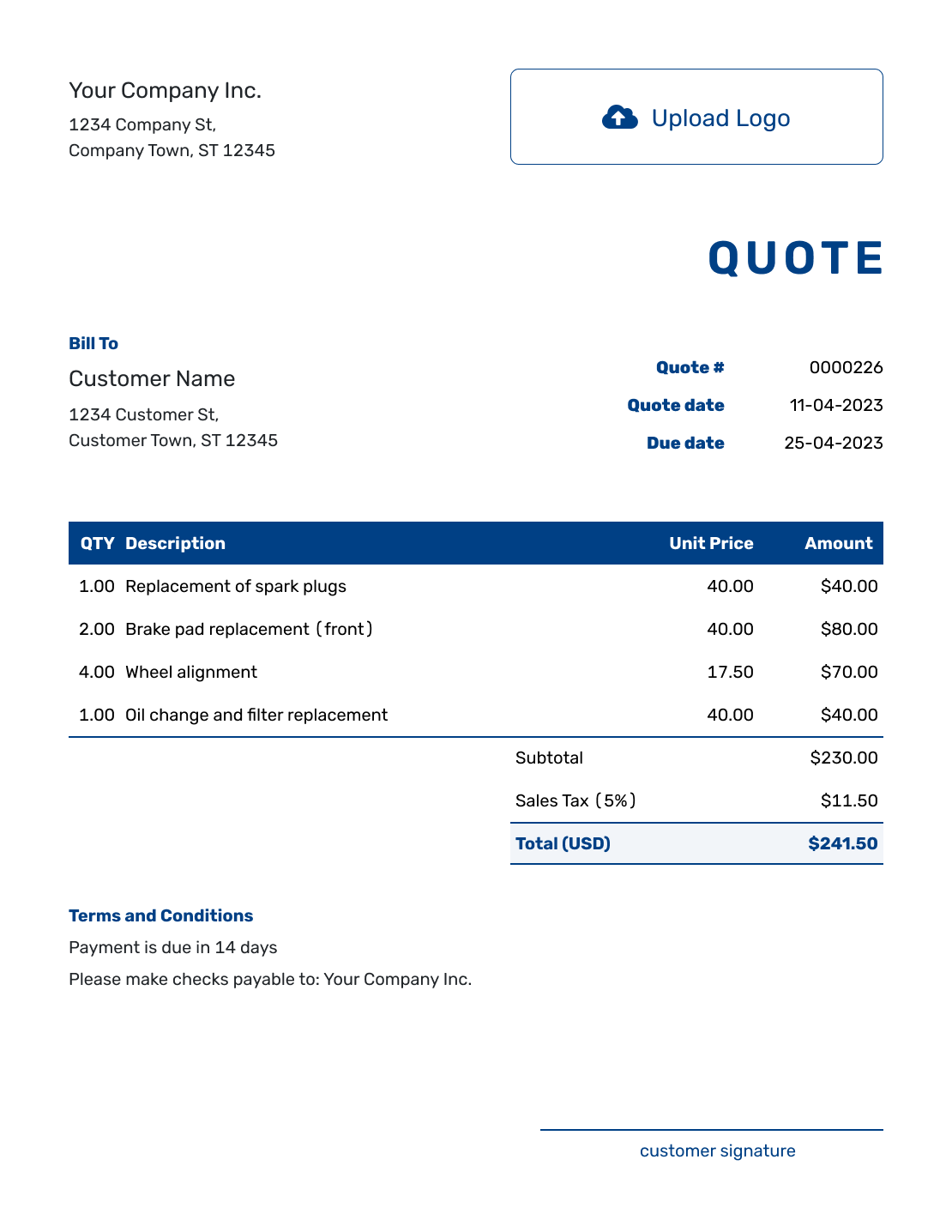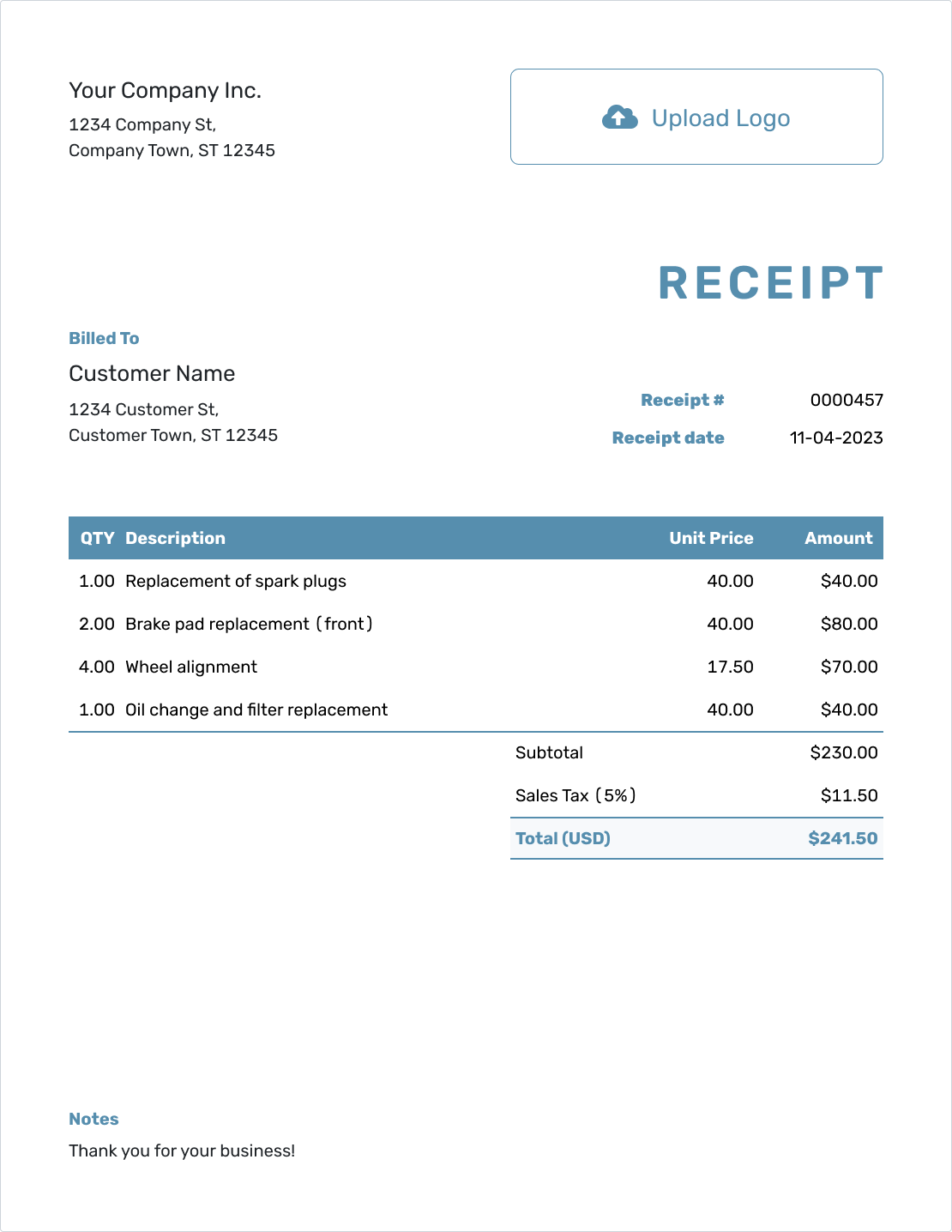Est. reading time: 5 min
Markdown is the reduction in the selling price of goods, typically used to clear inventory, boost sales, or respond to market changes. It is expressed as a percentage of the original price.
Also try:
Table of Contents
- Word Definitions
- What is Markdown?
- How to Calculate Markdown
- Examples
- Frequently Asked Questions
- Further Reading
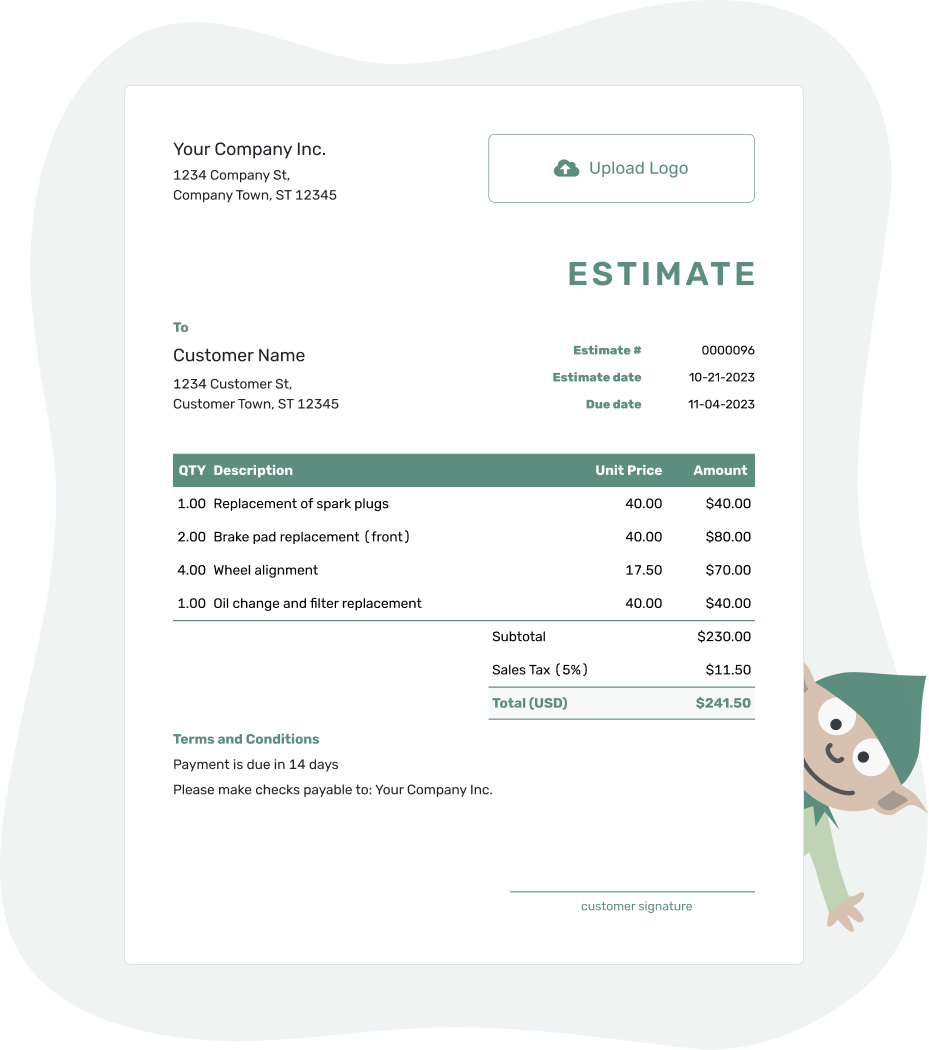
- PDF, Email or Print
- Convert to Invoice
- See when your estimate has been opened
- Get notified when your estimate is accepted
Word Definitions
-
Original Price:
The initial selling price of a product before any markdowns. -
Markdown:
The percentage reduction applied to the original price of a product. -
Sale Price:
The new price of a product after applying a markdown.
What is Markdown?
Markdown is a pricing strategy used by businesses to reduce the prices of their products. This strategy can help move products faster, make room for new inventory, or meet sales targets. Unlike markup, which increases the price, markdown reduces it.
How to Calculate Markdown
To calculate the markdown, you subtract a percentage from the original price. The formula for calculating the sale price after a markdown is:
| Sale Price = | Original Price × (1 - Markdown Percentage) |
Examples of Markdown Calculation
Here are two examples to illustrate how to calculate markdown:
Example 1: Markdown on Seasonal Items
Imagine a retailer needs to clear out seasonal clothing. If a jacket originally priced at $100 needs to be sold quickly, they might apply a 30% markdown. The sale price would be calculated as follows:
| Sale Price = | $100 × (1 - 30%) |
This results in a sale price of $70.
Example 2: Markdown on Technology
For a laptop originally priced at $1500, a 20% markdown is applied to increase sales. The sale price would be:
| Sale Price = | $1500 × (1 - 20%) |
This gives a new price of $1200.
Frequently Asked Questions
-
What is markdown?
Markdown is a reduction in the selling price of goods. It's often used to clear stock, attract more customers, or react to market conditions. By reducing prices, retailers can stimulate sales for specific items.
-
How do you calculate markdown?
Markdown is calculated by multiplying the original price by 1 minus the markdown percentage. This gives the new sale price after the markdown has been applied.
Sale Price = Original Price × (1 - Markdown Percentage) -
Why do companies use markdowns?
Companies use markdowns as a strategy to increase sales volume, clear out old or excess stock, meet sales targets, or remain competitive in the market. Markdowns can also help attract more customers by offering them good deals.
-
How do markdowns affect profits?
While markdowns can reduce the profit margin on individual items, they can lead to increased overall profits by boosting sales volumes and reducing inventory holding costs. The key is to balance the markdown level to optimize total revenue and profit.
-
When is the best time to apply markdowns?
The best time for markdowns often coincides with the end of a season, during sales events, or when products are about to go out of style or expire. Timing markdowns effectively is crucial to maximize impact and minimize profit loss.
-
What is the difference between a markdown and a discount?
A markdown is a permanent reduction in the selling price of an item, while a discount is typically a temporary reduction often used during promotions or special sales. Discounts are usually applied at checkout and not reflected in the displayed price.
Further Reading
To deepen your understanding of markdowns and their impact on retail strategy, consider exploring the following resources:
- Retail Dive - Provides news and analysis on retail industry, including pricing strategies and market trends.
- National Retail Federation - Offers insights and studies on various retail operations, including effective markdown strategies.
These resources offer valuable insights that can help both new and established retailers make informed decisions about pricing and promotions.

